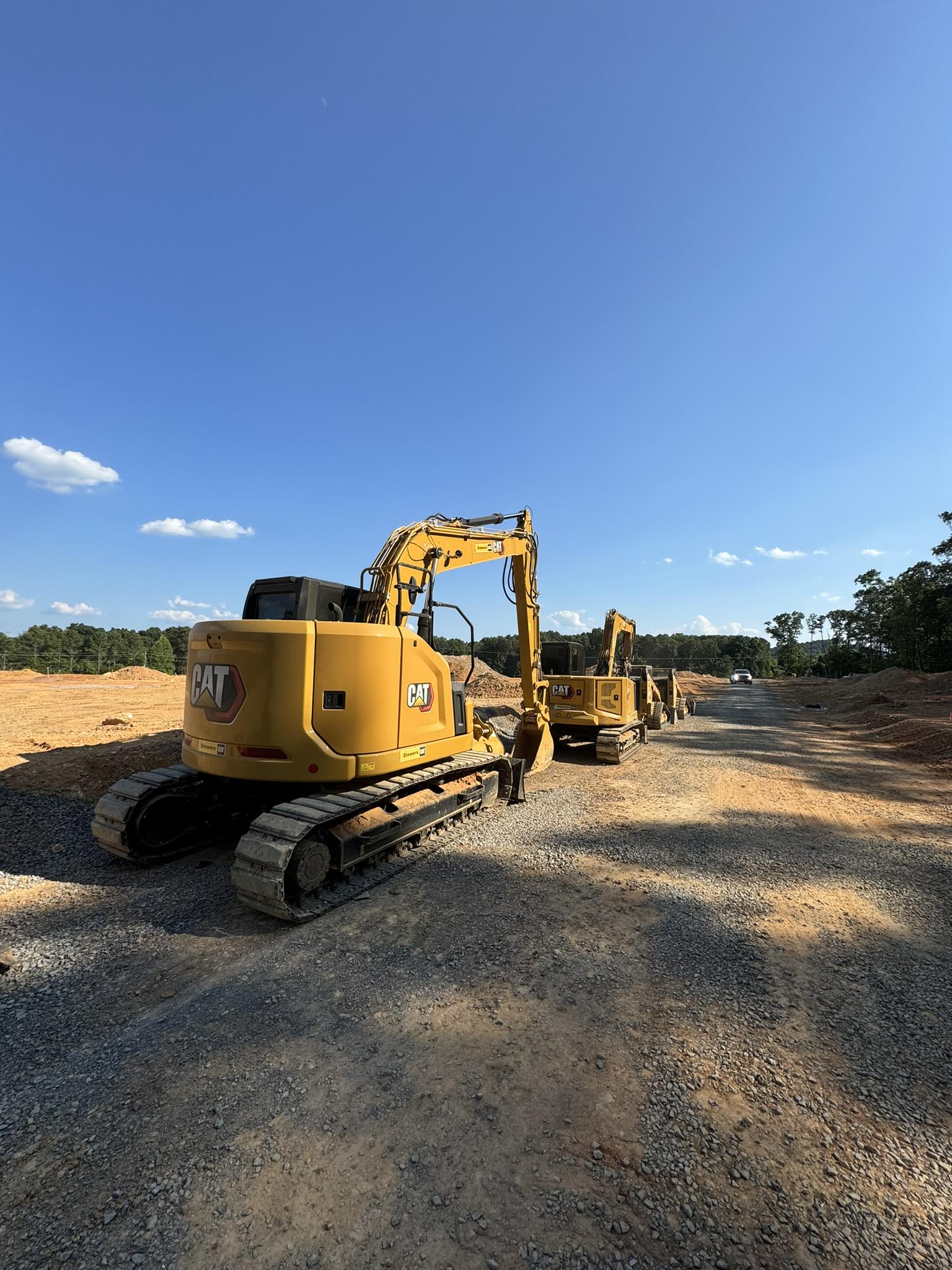
Protecting Heritage: Balancing Development and Conservation in Excavation Oct 16, 2025
The field of excavation is not just about the removal of earth to make way for new infrastructures; it is a meticulous process that requires respect for historical and cultural sites found beneath the surface. Southeast Land Services prioritizes an approach that not only adheres to construction needs but also values the preservation of our past.
One of the key challenges in excavation is protecting heritage sites while facilitating modern development. This requires a comprehensive understanding of archaeological significance and careful planning. Southeast Land Services demonstrates this by performing thorough site assessments before embarking on any project. By employing experienced archaeologists and utilizing state-of-the-art technology, they identify potential historical sites early in the project timeline. This proactive approach prevents accidental damage and ensures the protection of important cultural artifacts.
Working closely with stakeholders, Southeast Land Services strives to integrate sustainable practices into their excavation procedures. This includes measures like contouring land to preserve its natural state whenever possible and using eco-friendly materials and methods. Their commitment to sustainability mitigates environmental impact and aligns with global efforts to conserve natural resources.
Moreover, Southeast Land Services emphasizes the importance of collaboration with local communities. They engage in open dialogues with residents and cultural heritage experts to understand and respect the historical significance of the land. This inclusive approach fosters community trust and strengthens project outcomes, demonstrating that effective excavation is as much about people and partnerships as it is about land and machines.
The preservation of heritage in excavation is not simply a regulatory requirement; it is a responsibility. Recognizing the dual demands of development and conservation, Southeast Land Services prioritizes educating stakeholders on the significance of excavation best practices. They offer workshops and training sessions that highlight the importance of preserving historical sites, encouraging their employees and partners to adopt a conservation mindset.
Incorporating advanced technology is another hallmark of Southeast Land Services’ commitment to balancing development and conservation. Innovative tools such as ground-penetrating radar and 3D mapping not only enhance the efficiency of excavation projects but also aid in the protection of heritage sites. By seeing below the surface without disturbing it, these technologies allow for informed decision-making that benefits both the project at hand and the preservation of history.
In conclusion, as we look towards a future of development, it is crucial we recognize our role in preserving the legacies of the past. Southeast Land Services exemplifies this responsibility, weaving conservation into the fabric of their excavation services. By balancing development and heritage protection, they ensure that progress doesn’t come at the expense of history.
Southeast Land Services’ commitment to protecting cultural heritage amid development challenges serves as a model for the industry. Their practices not only enhance the excavation process but also enrich our understanding and appreciation of the land we build upon. As development and technology advance, so too must our efforts to safeguard our shared cultural legacy.
/filters:no_upscale()/media/fc0c6c98-a315-44c2-a232-b8ba9cdbd1e5.jpeg)
/filters:no_upscale()/filters:format(webp)/media/a9dead03-2ff7-4370-b41b-bb826dc6cdb8.jpg)